Flying can feel like a gamble sometimes, especially when you’re watching the departure board like it holds the secrets to the universe. While airlines have gotten much better at keeping schedules, delays still happen more often than we’d like to admit.
The good news is that experienced travelers often spot the warning signs long before the gate agent makes that dreaded announcement. Here is a list of 18 telltale signs that your flight might not leave on time.
Dark Clouds Gathering

When you look out the terminal window and see storm clouds building, start mentally preparing for a delay. Weather is the number one cause of flight disruptions, and airlines would rather keep you safe on the ground than risk flying through dangerous conditions.
Even distant storms can affect your flight if they’re sitting over your destination or along your planned route.
Your Pilot Mentions ‘Weather In The Area’
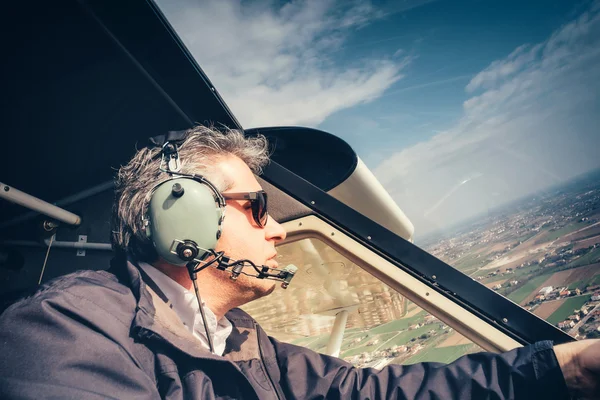
Pilots are masters of understatement, so when they casually mention weather conditions during boarding, pay attention. They often get real-time updates from air traffic control about conditions that passengers can’t see yet.
What sounds like a minor weather update could signal that air traffic control is already slowing down departures.
Like Travel Pug’s content? Follow us on MSN.
The Gate Agent Keeps Checking Their Computer
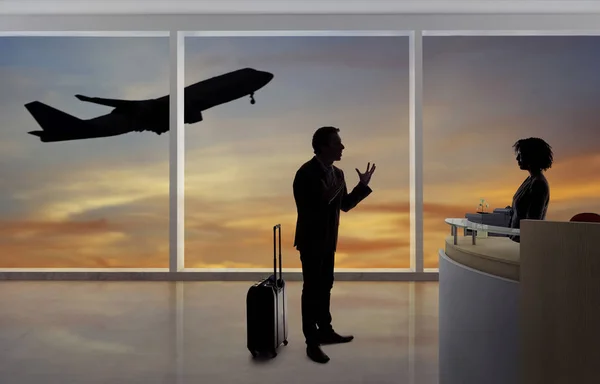
Watch the gate agent’s behavior before your flight boards. If they’re constantly refreshing their screen or making hushed phone calls, something’s brewing behind the scenes.
These frequent check-ins usually mean they’re monitoring a developing situation that could affect your departure time.
Air Traffic Control Holds Are Announced

When you hear announcements about air traffic control delays, buckle up for a wait. These holds happen when the airspace gets too crowded or when weather creates bottlenecks in the system.
Think of it like a traffic jam in the sky — once it starts, it takes time to clear up.
Your Aircraft Hasn’t Arrived Yet
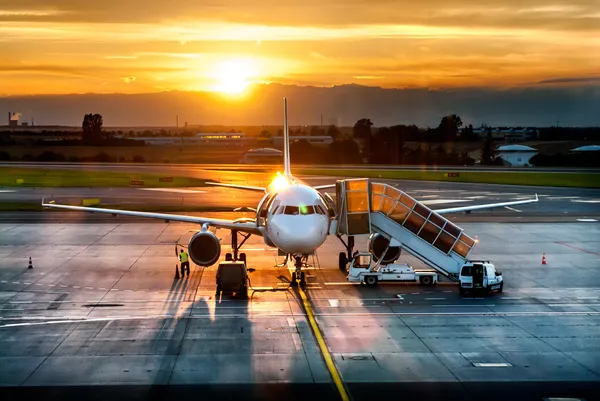
The most obvious red flag is when your plane simply isn’t at the gate yet. Aircraft typically arrive 30 to 45 minutes before their next scheduled departure, so if you’re within that window and still don’t see your ride, delays are almost inevitable.
Late-arriving aircraft create a domino effect that can push back departure times significantly.
Like Travel Pug’s content? Follow us on MSN.
Maintenance Crews Are Swarming the Plane
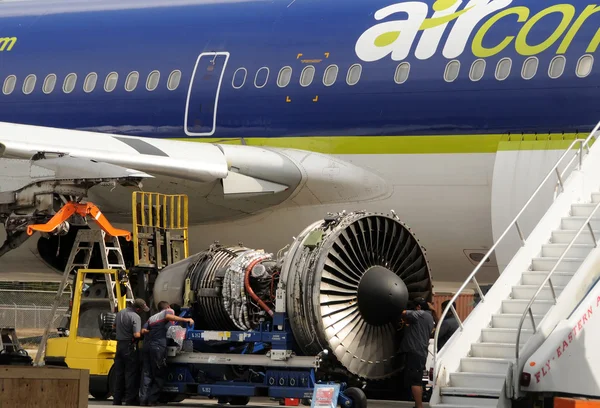
Seeing mechanics with flashlights and toolboxes around your aircraft isn’t necessarily cause for panic, but it’s a delay indicator. Routine maintenance checks are normal, but extensive troubleshooting or part replacements can add hours to your departure time.
Safety always comes first, which means you’ll wait as long as necessary for repairs.
The Flight Crew Hasn’t Shown Up
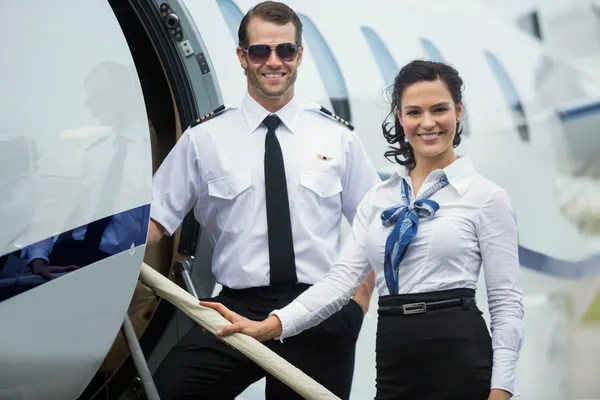
Federal regulations require specific rest periods for pilots and flight attendants, and if your crew is running late from another flight, you’re stuck waiting. Airlines try to build in buffer time, but when schedules get tight, crew availability becomes the limiting factor.
Sometimes they’ll even fly in a replacement crew from another city, which can take hours.
Ground Equipment Is Missing or Broken
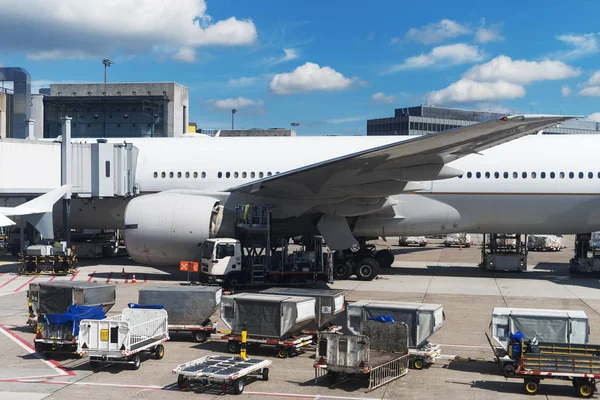
Those little vehicles buzzing around the tarmac are more critical than they look. If the baggage loader breaks down or the pushback tug isn’t available, your flight can’t leave, no matter how ready everything else is.
Airports have backup equipment, but getting it to your gate takes time.
Like Travel Pug’s content? Follow us on MSN.
No Gate Assignment on the Departure Board
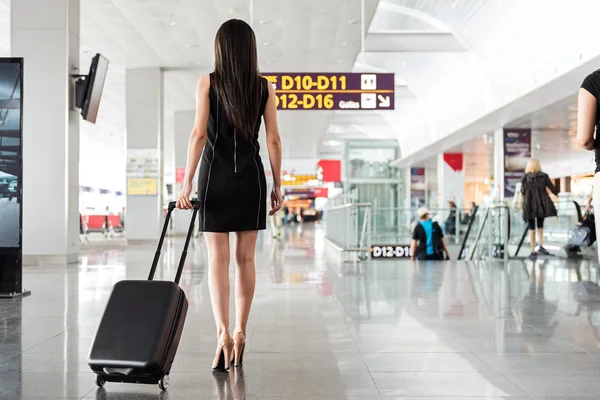
When your flight shows up without a specific gate number, it often means the airport is juggling limited gate space. This is especially common during peak hours when multiple flights are trying to depart simultaneously.
Gates become available as other flights push back, creating a waiting game.
Runway Construction Is Happening
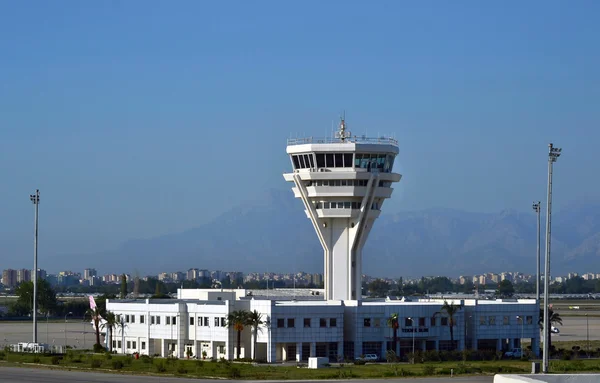
Active runway construction or maintenance can significantly limit an airport’s capacity. Even if only one runway is closed, it creates a bottleneck that affects all departures and arrivals.
The airport will prioritize flights, but lower-priority routes often face delays during construction periods.
Security lines are unusually long
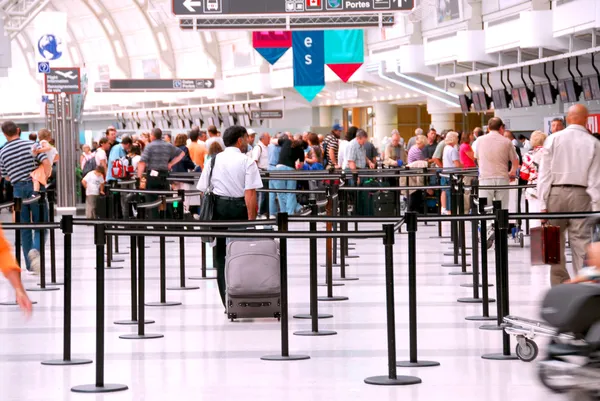
While security delays don’t directly affect your flight’s departure time, they can cause delays if a significant number of passengers can’t make it to the gate on time.
Airlines sometimes hold flights for late-arriving passengers, especially on less frequent routes where rebooking options are limited.
Like Travel Pug’s content? Follow us on MSN.
Fuel Trucks Are Nowhere To Be Seen
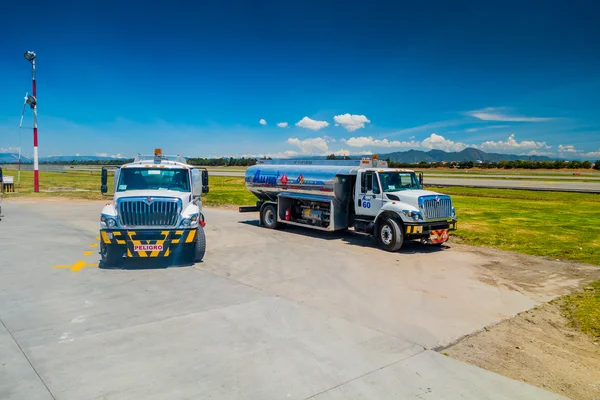
Aircraft need to be fueled before departure, and if you don’t see fuel trucks servicing planes nearby, there might be a fueling delay affecting your flight. Fuel shortages, equipment problems, or staffing issues can all create bottlenecks in the fueling process.
This is more common at smaller airports with limited fueling infrastructure.
Baggage Carts Are Piling Up
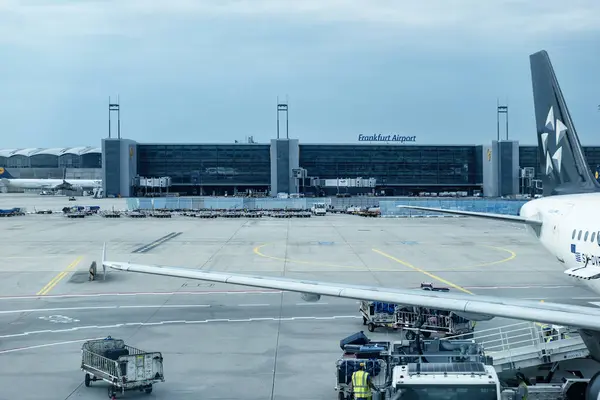
When you see baggage carts lined up but not moving, it usually indicates a problem with the baggage handling system. Whether it’s equipment failure, staffing shortages, or computer glitches, baggage delays often translate to flight delays.
Airlines won’t depart without ensuring all checked bags are properly loaded.
Computer Systems Are Down
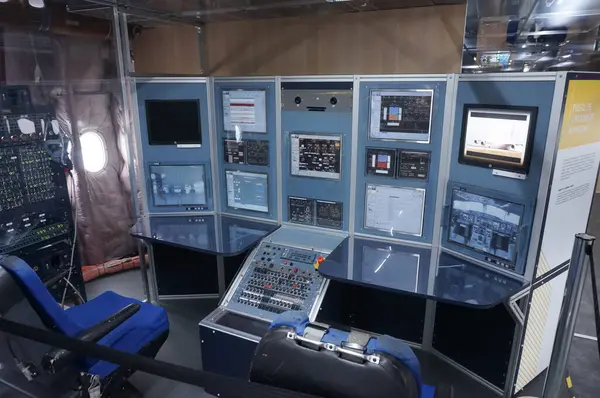
Modern aviation relies heavily on computer systems for everything from check-in to flight planning. When these systems experience outages, it can ground flights for hours while airlines work around the technical problems.
Even brief system glitches can create cascading delays throughout the day.
Like Travel Pug’s content? Follow us on MSN.
The Airport Is Showing Signs of Congestion
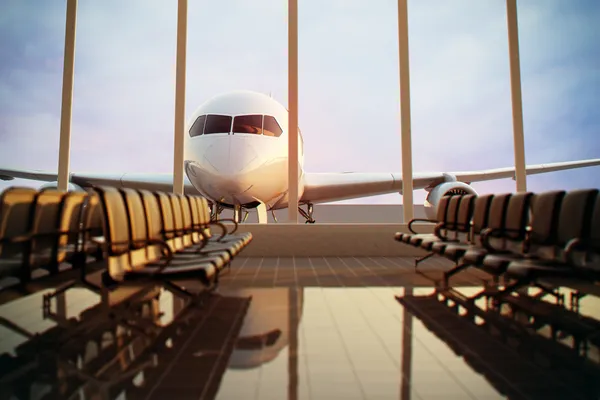
General airport chaos — long lines everywhere, crowded gates, and stressed-looking staff — often signals system-wide issues that will affect your flight. When airports get overwhelmed, delays spread like wildfire as resources get stretched thin.
Pay attention to the overall vibe of the airport when you arrive.
Previous Flights Today Were Delayed
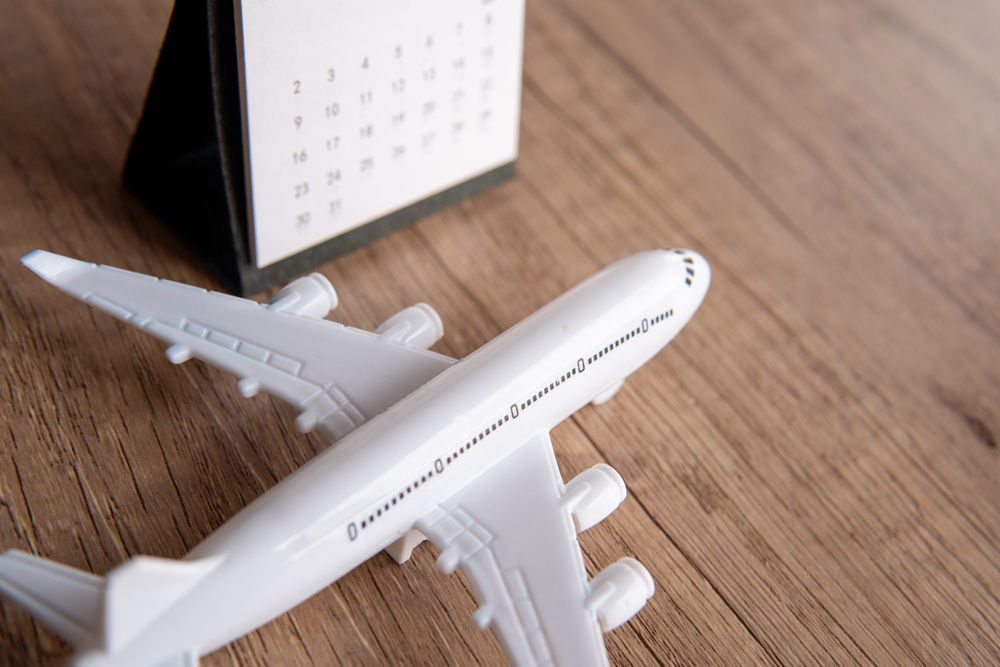
Flight delays often cluster together due to the interconnected nature of airline operations. If earlier flights from your airline were delayed, there’s a good chance your flight will be too.
Airlines use the same aircraft and crews for multiple flights per day, so problems compound throughout the day.
Your Flight Involves a Tight Connection

Routes that depend on passengers or crew making quick connections are inherently risky. If incoming connecting flights are delayed, your departure will likely be pushed back to accommodate late-arriving passengers.
Airlines sometimes wait for these connections, especially if many passengers would otherwise be stranded overnight.
Like Travel Pug’s content? Follow us on MSN.
Last-Minute Aircraft Changes Are Announced
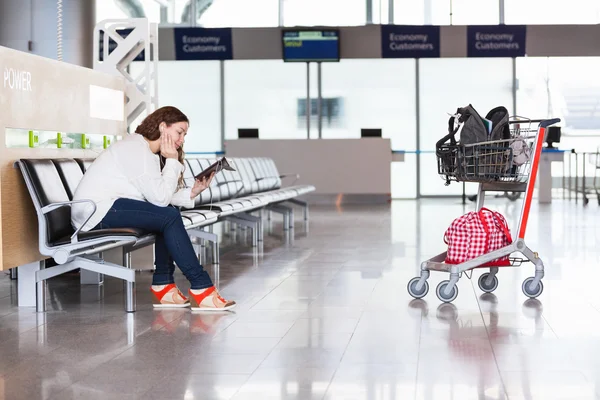
When airlines swap aircraft at the last minute, it almost always means delays. The replacement plane might be coming from a different gate, need different safety checks, or have a different passenger capacity, requiring new seating arrangements.
These changes, while sometimes necessary, add complexity that translates to departure delays.
When Delays Became Routine

Air travel has come a long way from the early aviation days when flights took off whenever they were ready and passengers just showed up and hoped for the best. Modern complex scheduling systems and safety procedures have rendered flying extremely safe, but they’ve also made delays an intrinsic part of the process.
Knowing these warning signs won’t stop delays, but they’ll allow you to adjust your expectations and prepare ahead for your next trip.
More from Travel Pug

- 20 Best Beach Towns in the Carolinas
- 13 Destinations Where Tourists Regularly Regret Their Trip
- 20 Things You Actually Get in First Class
- 20 Small Airports With Aviation Museums
- 20 Places in the U.S. That Are Perfect for a Reset Trip
Like Travel Pug’s content? Follow us on MSN.
